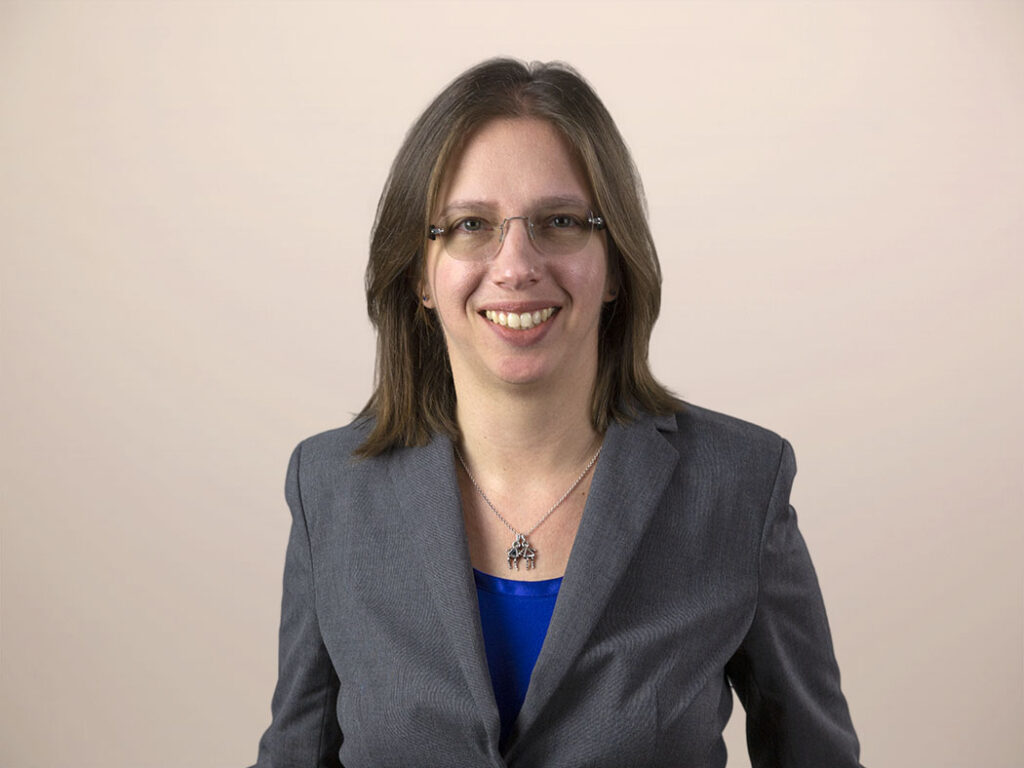Better Together: A Security And Marketing Team-Up Can Fight Fraudsters Across Multiple Threat Vectors
Marketers lose billions of dollars to fraud every year, and advertising fraud is often viewed as a cost of doing business. But it shouldn’t be! Today, organizations face a diversifying fraud landscape including attacks in the white space between marketing and security. If they don’t collaborate against these types of attacks, fraudsters can easily slip through the cracks. In our new report, Now Is The Time For Security And Marketing To Team Up To Fight Marketing Fraud, we explore this pervasive issue and prescribe steps you can take to combat it.
Below are just two of the types of fraud we cover in the report.
Ad fraud and malvertising
• What it targets: Paid media efforts
• What it looks like: Fraudulent impressions, fake clicks, ad spoofing, and malicious ads
• The impact: Stolen marketing budget dollars and skewed analytics, as well as poor customer experience for those affected by malvertising
Credential stuffing
• What it targets: User accounts
• What it looks like: Bots rapidly attempt to log in to a site with previously compromised credentials.
• The impact: If it succeeds, attackers gain access to gift card balances, rewards points, and sensitive data like credit card information.
Build A Cross-Functional Alliance To Fight Back
Neither marketers nor security and risk (S&R) pros can appreciate the full damage of fraud because they tackle it from within their respective silos. Fraudsters don’t care about organizational silos — in fact, it just creates opportunities for them. To beat them, make fighting cybercrime a mission for everyone. No marketing team wants to hear that their leads are junk or that their actions are funding cybercrime, and no S&R team wants evidence of unmitigated attacks. Change the narrative to one of collaborative effort.
For further insights and recommendations, please check out our report, Now Is The Time For Security And Marketing To Team Up To Fight Marketing Fraud, or set up an inquiry to discuss further.
Cowritten with Isabelle Raposo, Research Associate.
